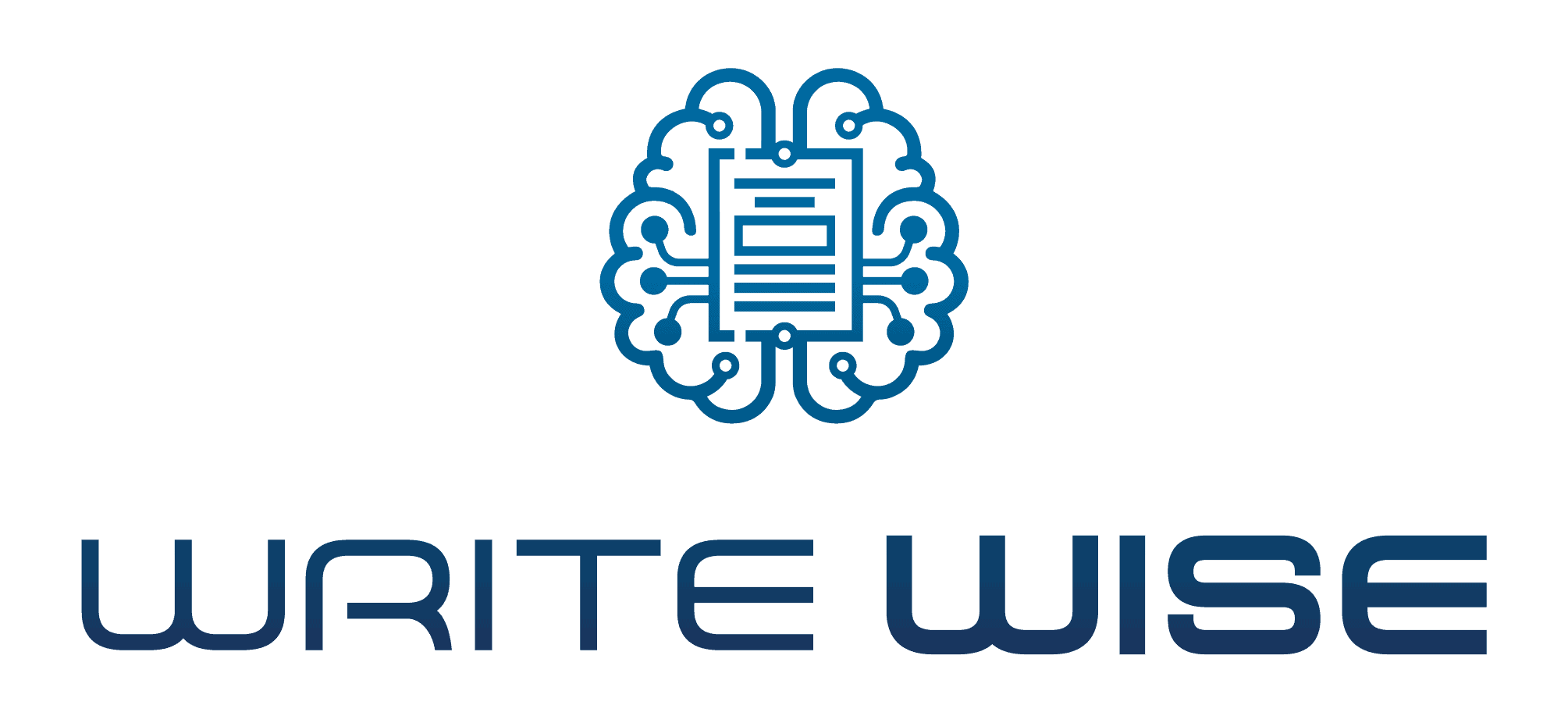Mastering Bibliography for project: 10 Common Mistakes to Avoid
Category: Tools to Write,Writing Guides,Writing Tools -
Tags: Academic Writing,Writing Tips

Introduction
Proper bibliography formatting is crucial for academic and research projects. However, creating an accurate bibliography for project is rife with potential errors. Even small mistakes can undermine the quality of your citations and overall work. This article will explore the most common bibliography for project mistakes made by students and researchers along with tips to avoid them. Mastering bibliography formatting should be a priority for anyone undertaking academic writing and research.

Understanding Bibliography Formatting
A bibliography for project presents the full publication details for sources cited in an academic paper. Different citation styles dictate the ordering, punctuation, and formatting of elements. Bibliographies enable readers to trace and validate sources while demonstrating the breadth of research undertaken.
The Devastating Effects of Formatting Mistakes
Incorrect bibliography for project can lead to confusion, misrepresentation of sources, accidental plagiarism, and reduced credibility. Careful attention to detail is required to avoid detrimental errors.
The Ultimate 10 common mistakes to avoid
Common Mistake 1: Missing/Incomplete Publication Information
Entirely omitting key details like publisher, date, or page numbers makes sources difficult or impossible to locate. Even minor omissions can frustrate readers. Strive for completeness.
Common Mistake 2: Incorrect Order of Elements
The specific sequence of elements like author, date, title, and publisher varies across citation styles. Mixing up order causes formatting inconsistencies. Consult style guides to confirm the exact order needed.
Common Mistake 3: Inconsistent Formatting
Bibliography for project formatting errors, like haphazard italics, capitalization, and punctuation diminish professionalism. Maintain consistency by following an example entry.
Common Mistake 4: Inaccurate Capitalization
Capitalization rules differ between bibliography for project styles. With APA, capitalize only the first word and proper nouns in titles. Other styles require headline-style capitalization.
Common Mistake 5: Incomplete or Incorrect Titles
Titles must be complete, properly punctuated, and match the capitalization of the original source. Missing words or errors in titles propagate misinformation.
Common Mistake 6: Missing DOI or URL
Including DOIs or stable URLs when available improves the traceability of online sources. Make obtaining them part of your research workflow.
Common Mistake 7: Improper In-text Citations
In-text citations in bibliography for project should directly correlate with entries. Mismatching the two undermines the credibility of sources.
Common Mistake 8: Incorrect Italics and Quotation Marks
Italics and quotation marks designate certain elements per each style’s guidelines. Use them consistently and accurately.
Common Mistake 9: Misplaced Punctuation
In bibliography for project proper punctuation like periods, commas, colons, and semicolons is vital for readability. Follow examples closely to punctuate precisely.
Common Mistake 10: Neglecting Double-spacing and Indentation
Most styles require specific indentation and line spacing, like a double-spaced hanging indent. Omitting these creates uneven, dense text.
Avoiding common mistakes in bibliography for project takes diligence, but doing so greatly enhances academic projects. Leverage online citation generators for assistance, but always double-check formatting for errors. With practice, bibliography creation becomes seamless.
Summary of Best Practices for Bibliography Formatting
Recap of the ten common mistakes to avoid: Missing information, incorrect order, inconsistent formatting, capitalization errors, inaccurate titles, missing DOIs/URLs, improper in-text citations, incorrect italics/quotes, misplaced punctuation, and neglecting spacing/indentation.
Checklist for accurate bibliography for project formatting: Follow style guide formatting precisely, include all necessary details, use correct sequence of elements, maintain consistency, check capitalization rules, accurately present titles, obtain DOIs/URLs, match in-text citations, use proper italics/quotes, punctuate appropriately, and apply correct spacing/indentation.
Additional tips: Leverage citation management tools to help automate formatting, seek examples of properly formatted bibliographies, and ask a mentor or professor to review your bibliography.
FAQ’S
- Why is bibliography formatting important? Proper formatting enables readers to efficiently locate and validate sources while demonstrating your attention to detail and credibility.
- How can I avoid plagiarism when including citations? Always enclose any verbatim text from sources in quotation marks, cite paraphrased ideas properly, and check writing for unintentional copying.
- Can I use multiple citation styles within the same project? No, consistency is key. Stick to a single style throughout a given project.
- What resources can help me with bibliography formatting? Style guide manuals, academic writing guides, online citation generators, and software like EndNote can assist with proper formatting.
- Is it necessary to include page numbers in bibliographies? Generally yes, in-text citations and bibliographies usually require page numbers or section/paragraph details for direct quotes and paraphrases.
Conclusion
Proper formatting in your bibliography for project is critical for bolstering the credibility and professionalism of academic projects. By understanding common formatting errors and consulting resources and style guides, you can create flawlessly formatted bibliographies. Accurate citations demonstrate respect for original sources while enhancing the overall integrity of your work. Apply these lessons to all your research projects
Share Now!
Check out these other publications
Do you want to learn how to use ChatGPT for Academic Writing?
Show your love!
More Publications
















